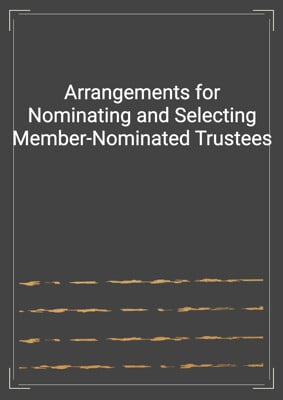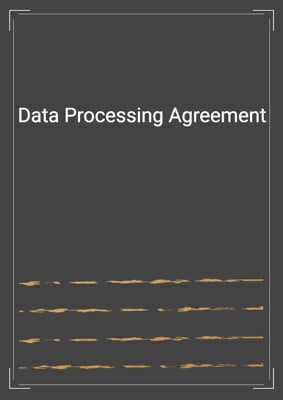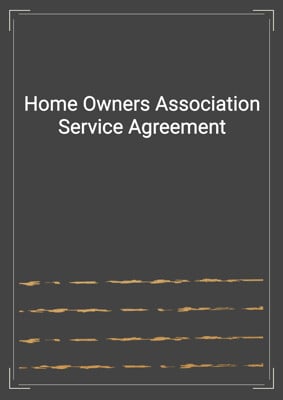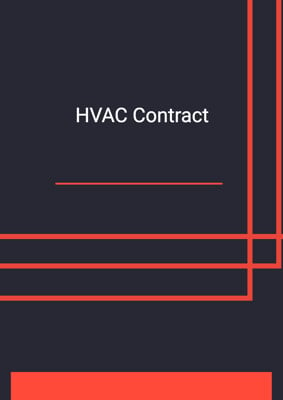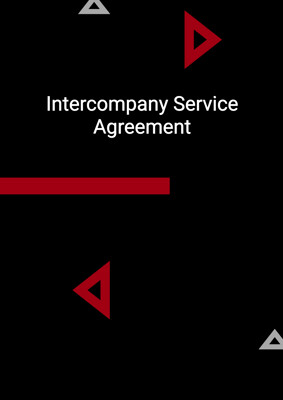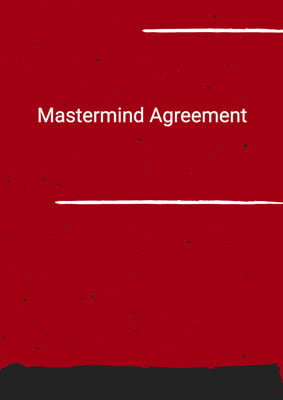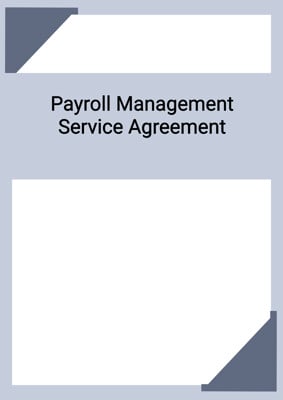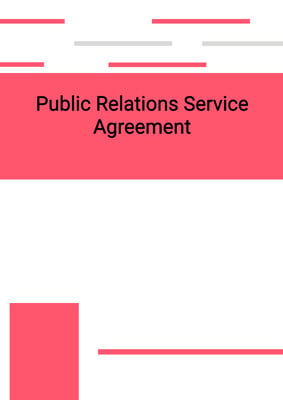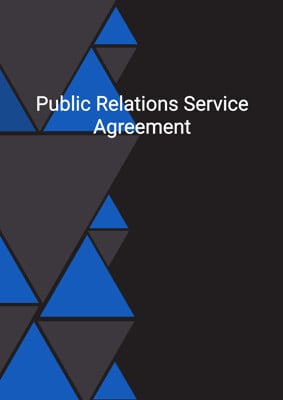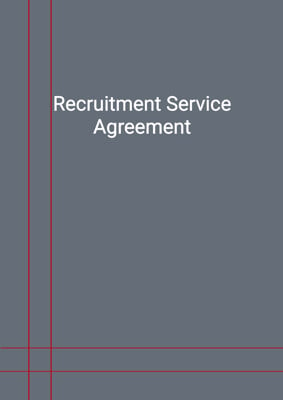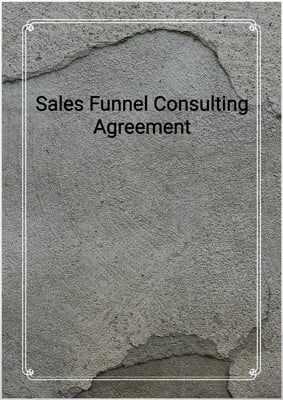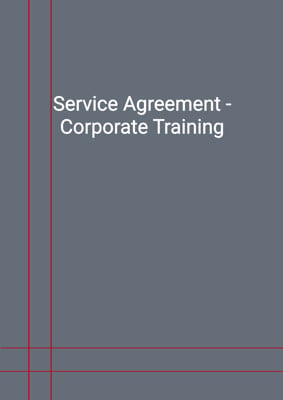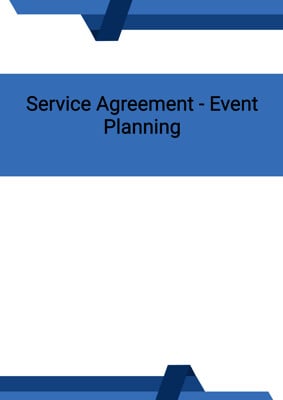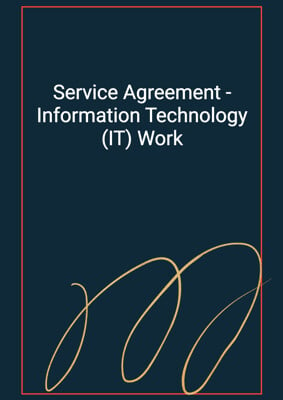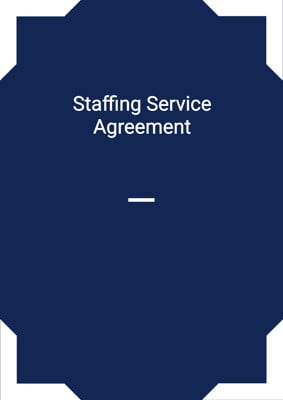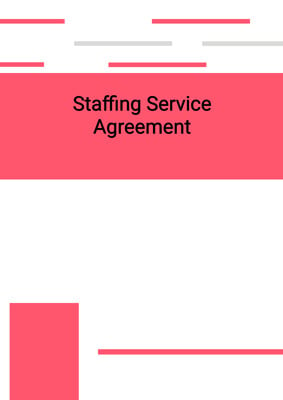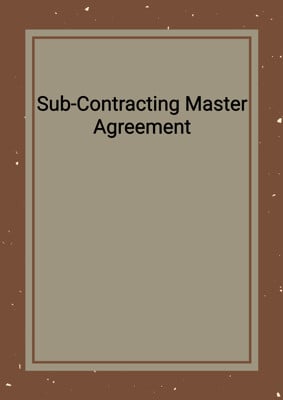How to Tailor the Document for Your Need?
01
Create Document
Fill in the details of the parties. You can click the "Fill with Member’s Information" button to complete it with information saved to your account.
02
Fill Information
Please fill in any additional information by following the step-by-step guide on the left hand side of the preview document and click the "Next" button.
03
Get Document
When you are done, click the "Get Document" button and you can download the document in Word or PDF format.
04
Review Document
Please get all parties to review the document carefully and make any final modifications to ensure that the details are correct before signing the document.
Document Preview
Document Description
The 'Recruitment Service Agreement' is a document that outlines the terms and conditions between a company providing recruitment services and a client who hires them. The importance of this document lies in establishing a clear understanding of the obligations and responsibilities of both parties involved in the recruitment process.
The entire document is divided into several sections, each addressing different aspects of the agreement.
Section 1, titled 'Interpretation', provides definitions for key terms used throughout the agreement. This ensures that both parties have a common understanding of the terminology used.
Section 2, titled 'Company's Obligations', outlines the responsibilities of the company providing the recruitment services. It emphasizes the need for the company to perform the services in a professional and diligent manner, adhering to industry standards and relevant laws and regulations.
Section 3, titled 'Completion of the Work', highlights the importance of timely completion of the services. It establishes that time is of the essence and that the services should be completed by the agreed-upon completion date.
Section 4, titled 'Service Fees', specifies the payment terms for the services provided. It outlines the amount and method of payment, as well as any additional expenses that may be incurred by the company.
Section 5, titled 'Warranties, Liabilities, and Indemnities', addresses the warranties provided by the company, limitations of liability, and indemnification of the company by the client.
Section 6, titled 'Term and Termination', defines the duration of the agreement and the circumstances under which either party can terminate the agreement.
Section 7, titled 'Ownership of Materials', clarifies the ownership of any intellectual property or related materials produced or developed under the agreement. It states that such materials become the property of the client.
Section 8, titled 'Confidential Information', imposes obligations on the company to keep confidential any information disclosed by the client and vice versa.
Section 9, titled 'Announcements/Publicity', restricts the parties from making any announcements or disclosures regarding the agreement without the prior written approval of the other party.
Section 10, titled 'Amendment', states that any changes to the agreement must be made in writing and signed by both parties.
Section 11, titled 'Assignment', prohibits the client from assigning the agreement or sub-contracting the performance without the written consent of the company.
Section 12, titled 'Severability', addresses the situation where any provision of the agreement is deemed illegal, void, or unenforceable. It states that such provision shall be disregarded, and the remaining provisions shall remain in full force and effect.
Section 13, titled 'Further Assurance', requires the parties to perform any further acts or execute additional documents necessary to implement the agreement.
Section 14, titled 'Warranty of Capacity and Power', contains representations and warranties by each party regarding their authority and capacity to enter into and perform the obligations under the agreement.
Section 15, titled 'Force Majeure', relieves the parties from liability for any failure or delay in performing their obligations due to causes beyond their reasonable control.
Section 16, titled 'No Rights Under Contracts for Third Parties', clarifies that the agreement does not confer any rights on third parties to enforce its terms.
Section 17, titled 'Arbitration and Proper Law', encourages the parties to resolve any disputes amicably and in good faith. It does not specify a particular jurisdiction for arbitration.
Section 18, titled 'Notices and Service', outlines the methods and timing for serving notices between the parties.
Section 19, titled 'Counterparts', allows the agreement to be executed in multiple counterparts, with each counterpart considered an original document.
How to use this document?
To use the 'Recruitment Service Agreement' effectively, follow these steps:
1. Understand the agreement: Familiarize yourself with the entire document, including the definitions and sections that outline the obligations and responsibilities of both parties.
2. Customize the agreement: Fill in the necessary information, such as the names and addresses of the parties, completion date, service fees, and any specific terms or conditions agreed upon.
3. Seek legal advice if necessary: If you have any doubts or concerns about the agreement, consult with a legal professional to ensure that it aligns with your specific needs and complies with relevant laws and regulations.
4. Negotiate terms: If there are any provisions in the agreement that you wish to modify or negotiate, communicate with the other party to reach a mutually acceptable agreement.
5. Sign and date the agreement: Once both parties are satisfied with the terms, sign the agreement and include the date of execution.
6. Keep records: Maintain copies of the signed agreement and any related documents, such as invoices and receipts, for future reference.
7. Comply with the agreement: Ensure that both parties fulfill their obligations as outlined in the agreement. Adhere to the agreed-upon payment terms, completion date, and any other terms specified.
8. Communicate effectively: Maintain open and transparent communication with the other party throughout the duration of the agreement. Promptly notify each other of any delays, problems, or disputes that may arise.
9. Termination: If either party wishes to terminate the agreement, follow the termination procedures outlined in Section 6. Provide written notice to the other party and settle any outstanding balances.
10. Protect confidential information: Safeguard any confidential information disclosed by the other party in accordance with the provisions of Section 8.
11. Seek legal remedies if necessary: In the event of a dispute or breach of the agreement, consult with a legal professional to understand your rights and explore potential legal remedies.
Remember, this guidance is provided for informational purposes only and should not be considered legal advice. It is recommended to consult with a legal professional to address your specific circumstances and ensure compliance with applicable laws and regulations.
Not the right document?
Don’t worry, we have thousands of documents for you to choose from:


